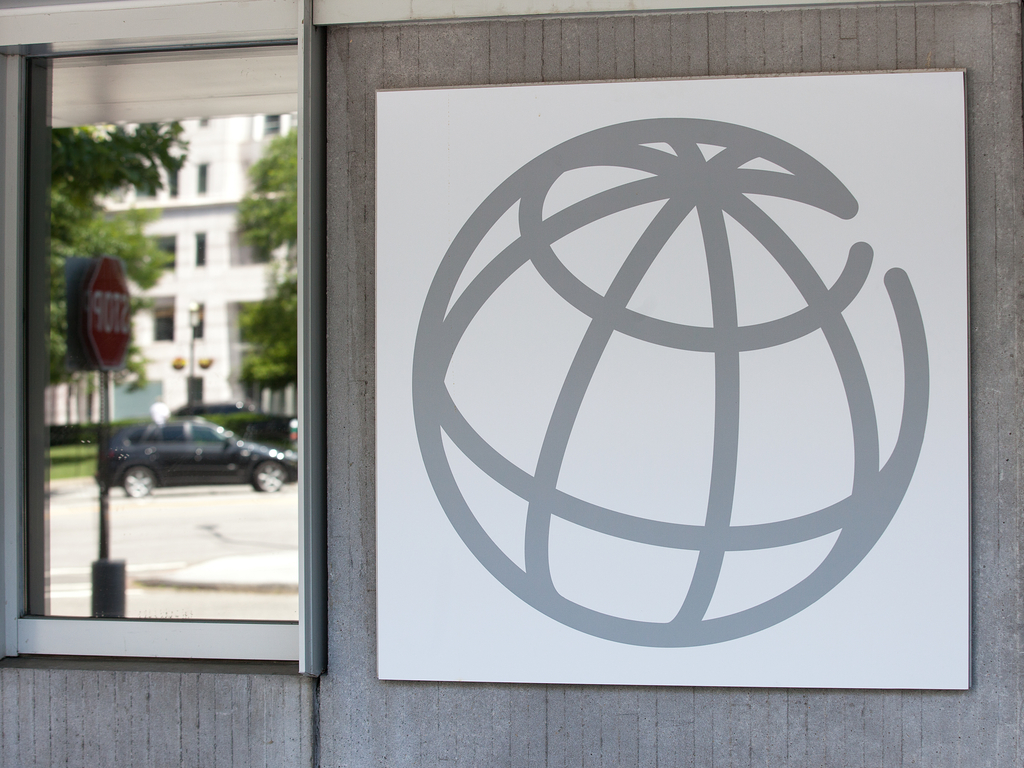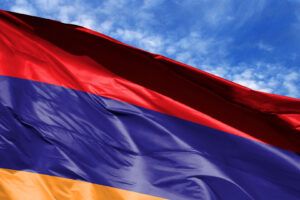The World Bank Group (WBG) Board of Executive Directors endorsed March 28 the 2019-23 Country Partnership Framework (CPF) for Armenia with around US$ 500 million to support sustainable and inclusive growth and improve living standards in the country.
The new CPF is fully aligned with the government’s five-year program for a just, inclusive, and citizen-centric Armenia. It builds on the vision outlined by the new government in the wake of the “velvet revolution” in the spring of 2018 and embodies fresh political will to overcome Armenia’s development constraints and deepen reforms through a commitment to fight corruption, strengthen the rule of law, and invest in human capital.
The program implementation will leverage the complementary strengths of the World Bank Group institutions — the International Bank for Reconstruction and Development (IBRD), International Finance Corporation (IFC), and Multilateral Investment Guarantee Agency (MIGA).
“The proposed World Bank Group strategy will capitalize on the momentum and political will for deeper reforms and renewed commitment to good governance sparked by recent changes in Armenia to support a rebalancing of the economy toward a new growth model,” said Sylvie Bossoutrot, World Bank Country Manager for Armenia.
To help the Government of Armenia to advance the goals of eliminating extreme poverty and promoting shared prosperity in the country context, the CPF envisages support to Armenia across three main areas:
Boosting export enablers and firm competitiveness; enhancing human capital and equity; and sustainably managing environmental and natural resources.
In supporting Armenia’s efforts to build a new, more inclusive growth model, the CPF will seek opportunities to incorporate key elements of good governance and inclusion, including public accountability and transparency, citizen engagement, gender, spatial equality, and digital connectivity.
“I am particularly happy that the strategic program has been developed through extensive stakeholder consultations with the government, the private sector, civil society, and development partners,” said Mercy Tembon, World Bank Regional Director for South Caucasus. “Moreover, the development challenges and opportunities that informed the CPF process also reflect the government program priorities and the WBG Systematic Country Diagnostic (SCD) for Armenia.”
IFC, with its focus on private sector development, will continue mobilizing private financing and collaborating across the WBG to support modernization of Armenia’s energy sector to reduce the reliance on imported fuel. IFC will also support the government’s efforts to increase competition and open the economy to foreign investment by providing direct financing to companies and supporting the development of export-oriented industries. It will continue working with financial intermediaries to boost their capacity to finance medium and small enterprises and facilitate trade.
“IFC welcomes the opening of Armenia’s economy and the creation of new opportunities for investment. We see our role as promoting greater private sector participation in key sectors, such as energy, as we continue supporting the country in its journey to improve the living standards of the population,” said Jan van Bilsen, IFC Regional Manager for South Caucasus.
The CPF program will be implemented adaptively given the current constrained fiscal environment in Armenia and will be selective based on three engagement principles designed to maximize its development impact: 1) catalyze development and private sector partners around high-priority projects; 2) explore areas in which Armenia can benefit from the frontier experience of other countries and customize these approaches to the specific needs of the country; and 3) optimize the existing portfolio to maximize its relevance and contribution to Armenia’s new development goals.




